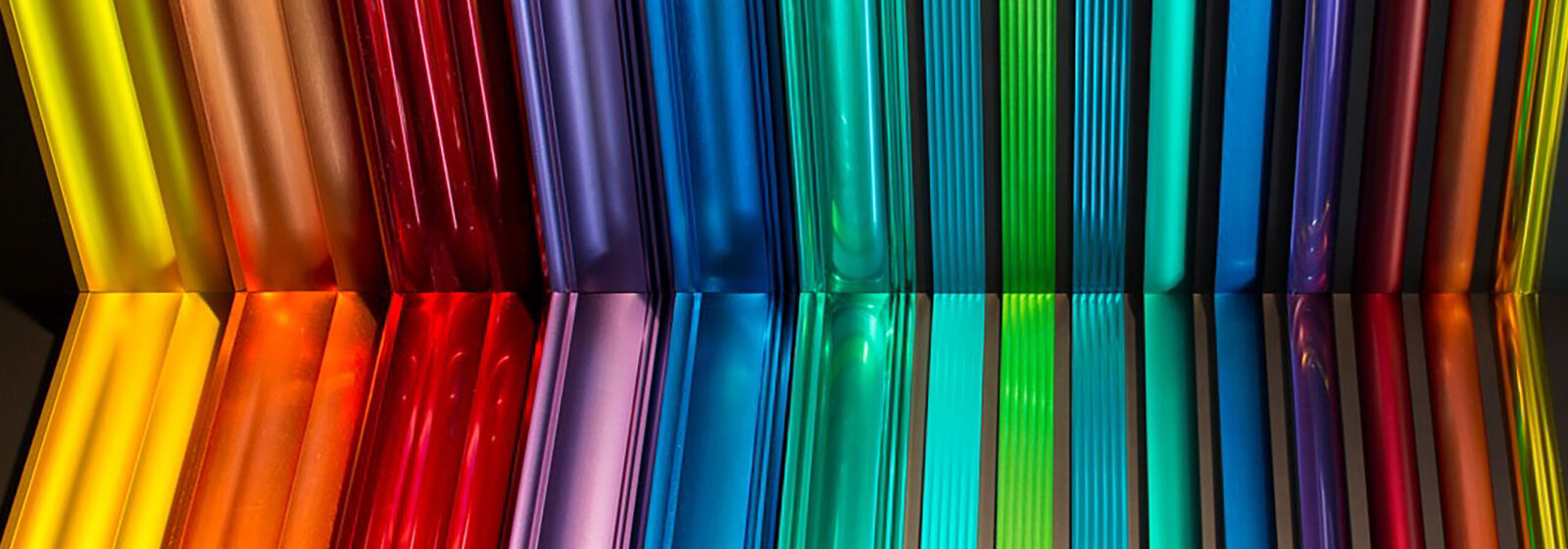Cleaning procedures to remove accumulated environmental soils should be initiated as soon as practical. Depending upon the degree of soiling, several procedures are possible. Only trial and error testing employing progressively stronger cleaning procedures can determine which will be most effective. Begin the cleaning process at the top of the extrusion with constant flushing of clean water.
REMOVAL OF SOILS
- Removal of light soils can be done with the simplest procedure of flushing the surface with water and applying moderate pressure with cloth or sponge to dislodge the soil.
- If soil adheres, a mild detergent cleaner (dish soap) should be used with sponging. The washing should be accomplished with uniform pressure, first with a horizontal motion and then with a vertical motion. Thoroughly rinse surface with clean water.
- The surface should then be dried and a very light PH neutral solvent* (rubbing alcohol, acetone) may be used to wipe down the surface to free any finger prints or other missed soils.
Solvents may damage organic sealants, gaskets and finishes on windows and storefronts assemblies. Solvents should not be allowed to come into contact with organic materials.
CLEANING PRECAUTIONS
- Correctly identify the aluminum finish to be cleaned when selecting an appropriate cleaning method.
- Never use aggressive alkaline (basic) or acid cleaners on aluminum finishes. Do not use cleaners containing trisodium phosphate, phosphoric acid, hydrochloric acid, hydrofluoric acid, fluorides, or similar compounds on anodized aluminum surfaces. Always test clean a small area if in doubt.
- Do not attempt to clean hot / heated surfaces – may speed possible chemical reactions. Also, avoid cleaning in freezing temperatures or when metal temperatures are sufficiently cold enough to produce condensations. Surfaces may become streaked or tainted.
- Minimize cleaner rundown over lower portions of product and rinse such areas as soon as practical.
- Cleaners containing strong organic solvents will have a deleterious effect on organic overlay coatings and sealants.
- Do not use excessive pressure or abrasives to remove stubborn stains.
